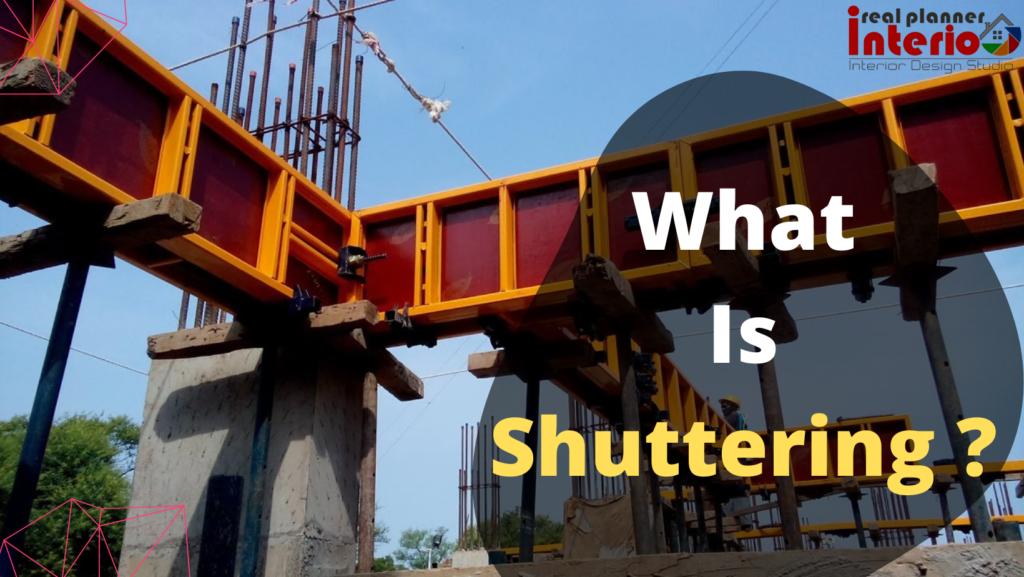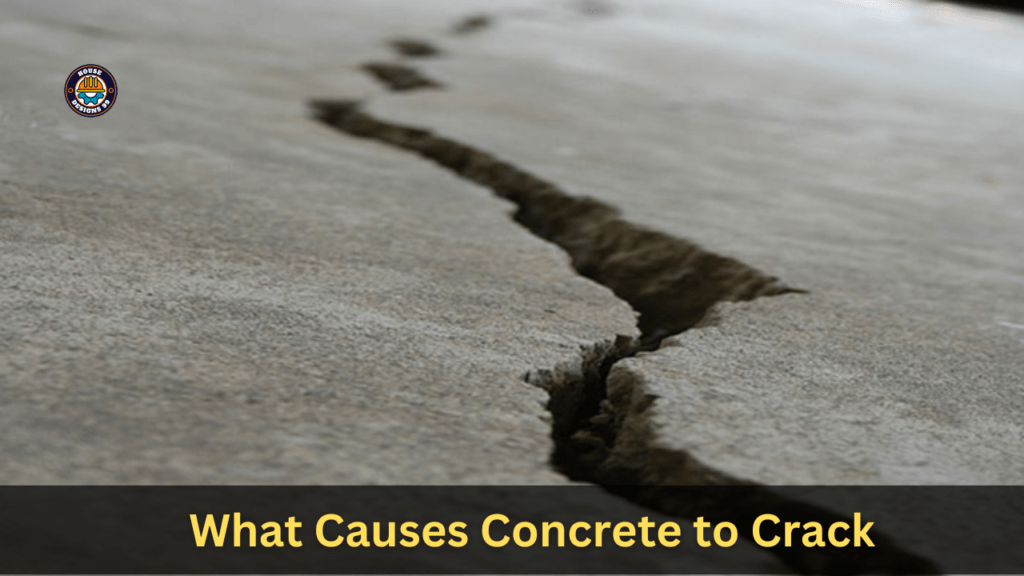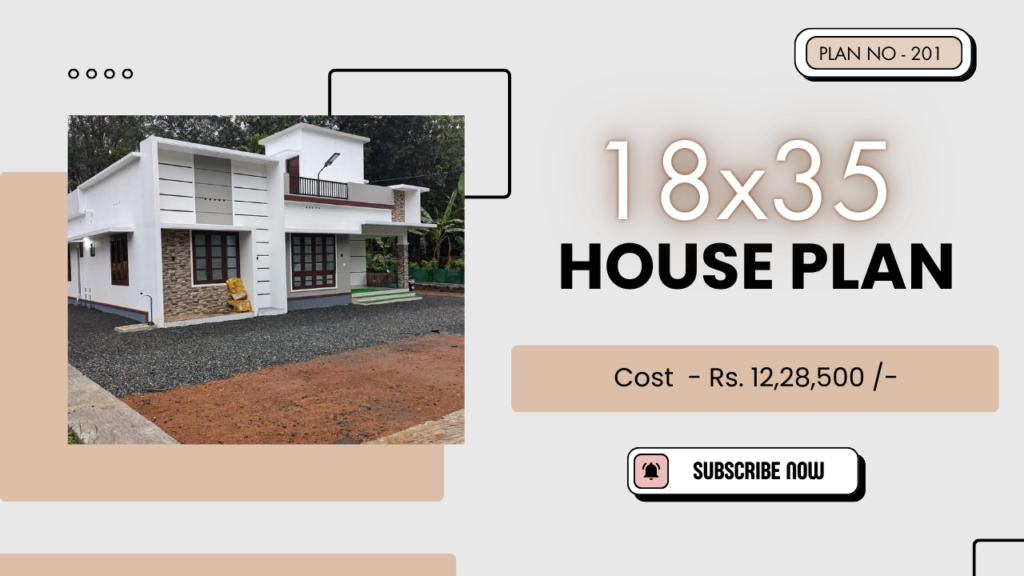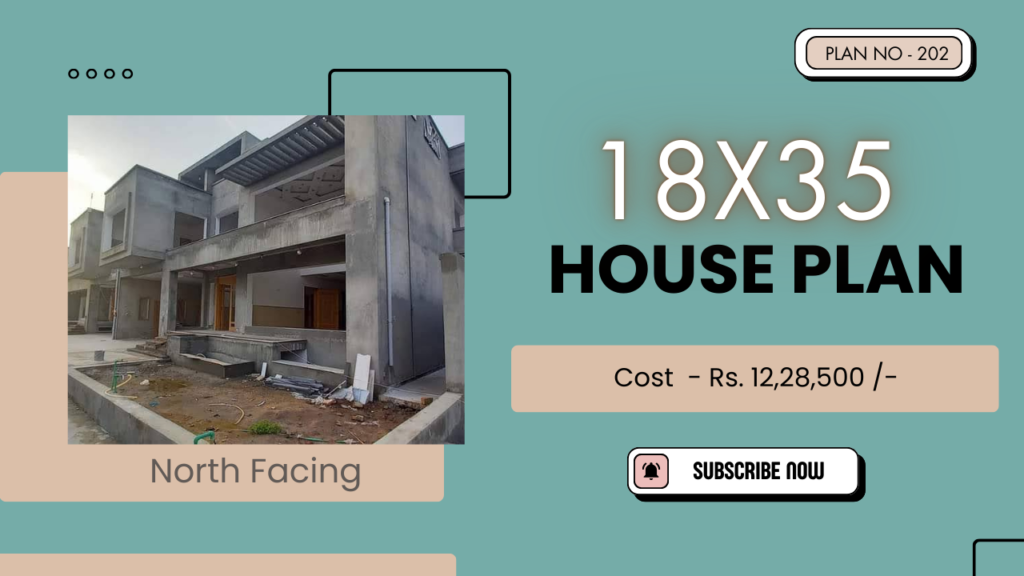How does shuttering work?
In order to achieve the required structural form on the building site, shuttering is utilized as a temporary mold into which concrete is poured.
Conventional shuttering is made of wood, although it may also be made of steel, polymers reinforced with glass fiber, and other materials.
In the infrastructure and construction sectors, shuttering work is akin to utilizing a mold to cast concrete components in various sizes and forms out of a variety of materials, including plastic, steel, aluminum, and wood. Formwork and shuttering are synonymous terms.
The material has to possess sufficient strength to support both the dead and live loads that are applied throughout the concrete casting process. This strength is needed until the concrete hardens and reaches a certain percentage.
Shuttering is essential to the building industry. It must maintain its form when the concrete cures and provide sufficient strength to support all of the loads present throughout operations.
They may be used as either permanent or temporary molds, keeping the concrete in place until it solidifies and has sufficient strength to sustain itself.
A structure’s shuttering serves as a mold for the auxiliary construction that goes with it. Only when the concrete has hardened and gained sufficient strength is it put in the mold.
Shuttering work must be completed in a timely manner and accounts for 23 to 25%, if not more, of the building’s overall cost. However, they are just temporary kinds of support that are necessary to hold concrete in place until it achieves a sufficient strength.
Shuttering definition
The term “The Mould” refers to the casing that material, often concrete, is poured into to create the required structural form in shuttering.
Why Good Shuttering Required
To satisfy the demands of concrete construction, the general performance criteria listed below are necessary:
- It must to be robust enough to withstand all kinds of living and dead loads.
- If bracing and props are used appropriately, it should maintain its size and form.
- The cement grout used in shuttering joints has to be tight to prevent leaks.
- In order to maintain its form, it has to be built solidly and adequately braced and supported on both horizontal and vertical sides.
- Reusable and recyclable materials have to be used in its construction.
- If shuttering may be removed, concrete must not be harmed in the process.
- The shuttering material must to be easily accessible and reasonably priced.
- The shuttering’s substance need to be as light as feasible.
- It must be precisely aligned with the intended line, and the surface of the levels must be level.
- When exposed to the weather, the shuttering material shouldn’t wrinkly or deform.
- The shuttering’s design should allow for the sequential removal of different portions without causing the concrete any harm.
- It has to be supported firmly.
Types of Shuttering according to materials
The shuttering materials used on building sites are as follows:
- Timber Form Work
- Plywood Shuttering
- Steel or Metallic Shuttering
- Aluminum Shuttering
- Plastic Shuttering
- Coffer Shuttering
The subsequent formwork for slabs, columns, and beams
1. Timber Formwork
One of the earliest and most popular forms of formwork in the building industry was timber shuttering. Usually, it is put together on-site.

To ensure that wood formwork is free of termites, it must first undergo a thorough inspection before being used. Additionally, timber shuttering has two drawbacks that should be taken into account before utilizing it: it requires a lot of time to complete major projects and has a limited lifespan.
When utilizing wood shuttering, make sure the pieces are big enough to be reused. Generally speaking, shuttering made of wood is preferable when labor costs are low or when flexible formwork is needed for several concrete slabs.
The benefits of timber shuttering are as follows:
2. Wooden Shutters
A synthetic, artificial timber sheet with varying thicknesses and dimensions, plywood shuttering is used as formwork for concrete members.
It is lightweight, long-lasting, and sufficiently powerful. One of the most popular materials for shuttering sheathing, decking, and linings is plywood.
Similar to timber shuttering, plywood shuttering is strong, long-lasting, and lightweight.

Plywood shuttering is not much more expensive than timber shuttering when the following factors are taken into account:
- Smooth finishes are achievable, in which case surface finishing is used.
- When compared to wooden shuttering, there are more reuses. The number of reuses might be estimated to be between 20 and 25.
- Shuttering types provide for greater labor cost savings during assembly and disassembly.
3. Steel or Metallic Shuttering
Panels made of thin steel plates with tiny steel angles fastened to the edges are used in steel shuttering. The panel components may be fastened together using bolts and nuts or appropriate clamps. Most often, this kind of shuttering is used during the building of bridges.
Steel shuttering’s extended lifespan and increased popularity are its main selling points. Although steel shuttering might be expensive, it is useful for many different projects and structures. Steel shuttering provides the concrete surface with very flat and smooth finishing. It works well on curved or circular structures such retaining walls, tunnels, chimneys, tanks, and sewers.

Benefits of steel shuttering while taking wood shuttering into account
- It provides the member’s surface a very even and smooth polish.
- Steel shuttering is long-lasting, strong, and effective.
- It reduces the appearance of honeycombing and is waterproof.
- It has almost 100 uses possible.
- The concrete surface is not absorbed by steel shuttering.
- It’s easy to assemble and disassemble.
4. Aluminum Shuttering
Steel and aluminum shuttering are quite comparable. The primary difference is that formwork is lighter because aluminum has a lower density than steel.

When using aluminum in a building project, these factors must be taken into account since it is also less strong than steel.
Aluminum shuttering is cost-effective when used in a lot of construction projects that are repeated. The primary drawback is that once the shuttering is installed, it cannot be altered.
5. Using Plastic Shutters
Plastic shuttering is executed by interlocking panels or modular systems, made of lightweight and robust plastic.

It works best in small projects consisting of repetitive tasks, such as low-cost housing estates. It can be used for simple concrete structures.
Plastic shuttering is light in weight and can be cleaned with water while being suitable for large sections and multiple reuses.
Its main drawback is having less flexibility than timber because many components are prefabricated. These types of shuttering are becoming favorable for similar shapes and massive housing schemes.
Advantages of Plastic shuttering
- Plastic shuttering is lightweight shuttering; hence it requires less handling and dismantling costs.
- It can be used for a large section.
- If carefully transported and used, multiple reuses are possible; making is highly economical.
6. Coffer Shuttering
One kind of stay-in-place formwork system is coffer shuttering. It is made up of two filtration grids connected by articulating connectors that may be folded up for on-site transportation. The grids are strengthened by both vertical and horizontal stiffeners.

Coffer shuttering serves as reinforcement and stays in place until the concrete is poured. Coffer is delivered prefabricated from the manufacturer to the location. Any kind of construction, including houses and multistory structures, may employ these shutters.
Types of Shuttering, Depending on the Structure
Every kind of shuttering is made to fit the building or unit it supports, and the materials and thickness needed are specified in the construction plans that go along with it. It’s important to remember that formwork building requires extra time.
Based on structural elements, the shuttering types listed below include
- Walls Shuttering
- Foundation Shuttering
- Column Shuttering
- Beam Shuttering
- Permanent Insulated Shuttering
1. Walls Shuttering

Shear or RCC walls in dams, wing walls, basement RCC walls, etc. are concreted using wall shuttering. The components of wall shuttering are upright timbers placed vertically, to which plywood sheeting boards are fastened on the inside. Boards at the sides are used to diagonally reinforce the upright timbers.
2. Foundation Shuttering

The design of foundation shuttering is contingent upon the kind of foundation. The kinds of foundations—such as raft, combination footing, and strip footing—have an impact on the formwork design.
Formwork for strip foundations and private foundations are primarily designed differently. The height of the foundation is the primary factor used to estimate the shuttering design.
3. Column Shuttering

Depending on the shape of the column—rectangular, circular, hexagonal, or any other—the formwork arrangement may vary. Column shuttering sheeting is built in accordance with column dimensions. With the use of bolts, the panels are securely fastened to the earth within a foot rim.
4. Beam Shuttering
The most important structural component of an RCC-framed structure is the beam. Prefabricated shuttering, including side and bottom sheeting panels, is available in beam shuttering.

The shuttering’s component pieces are made according to the size of the beam. Table fabrication is a necessary step in the prefabrication of sheeting sections that has to be completed on the location where concrete pouring will take place. These particular formwork types are designed specifically for use in beam building.
5. Permanent Insulated Shuttering
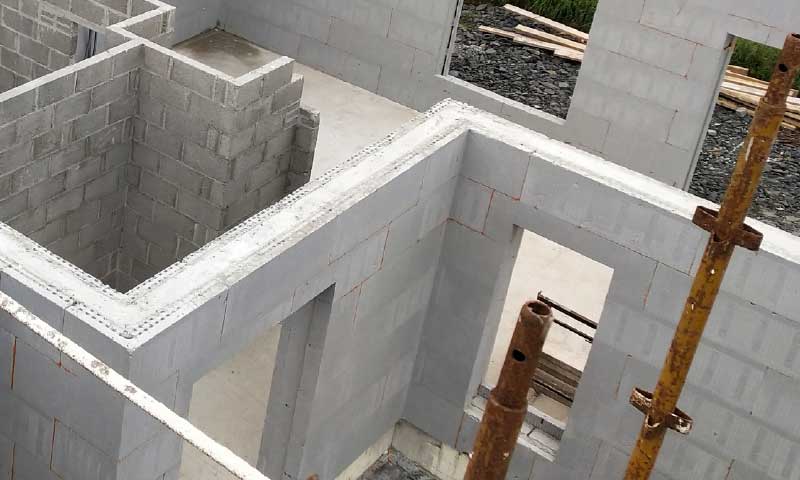
With their permanent insulation, these shutter systems are among the most sophisticated. Thermal, fire-resistance, acoustic, and rodent-resistance qualities might also be included.
The most common kind of permanent insulated shuttering is insulated concrete forms, in which polystyrene boards are used to insulate concrete structures and are fixed in place after the concrete has hardened.
Permanently insulated shutters provide sustainability and energy efficiency, reducing the environmental effect of the construction industry.
Conclusion :
Shuttering is an essential part of construction; it acts as a temporary formwork and support for concrete structures and is critical to guaranteeing precision, strength, and high-quality final products.
Materials for shutters include steel, plywood, aluminum, and wood. Each has advantages and disadvantages, and choosing the right material relies on a number of factors, including the project’s needs, price, and desired finish.
A well-chosen shuttering material may enhance the stability, lifespan, and safety of the building process.
During the building process, shuttering is one kind of essential formwork feature that gives concrete shape and stability.
In building, what does pointing mean?
Finishing the connections between bricks, stones, or other masonry components in a building or structure is known as pointing.
Why does pointing matter?
By keeping moisture out of the gaps between the masonry elements, pointing helps shield the building or structure from weathering and water damage.
What kinds of pointing are there?
There are several kinds of pointing, such as weatherstruck, flush, and recessed pointing. The building’s design and architectural style determine the sort of pointing that is utilized.
What is Shuttering?
On the building site, shuttering serves as a makeshift mold into which concrete is poured to create the required structural form.

